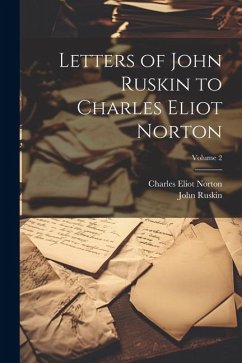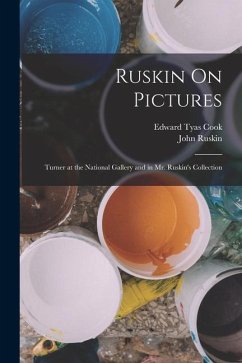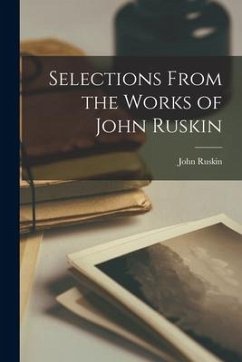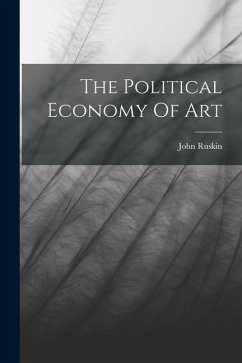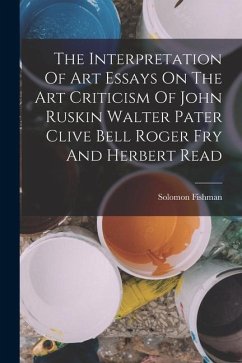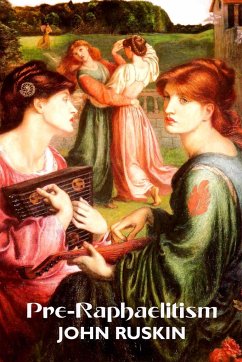
PRE-RAPHAELITISM
TWO LECTURES
Versandkostenfrei!
Versandfertig in 1-2 Wochen
17,99 €
inkl. MwSt.
Weitere Ausgaben:

PAYBACK Punkte
9 °P sammeln!
PRE-RAPHAELITISMTWO LECTURESBy John RuskinTwo lectures by the important art critic John Ruskin are reproduced here, looking at the Pre-Raphaelite circle in Victorian Britain. Among the artists that Ruskin considers are Dante Gabriel Rossetti, Holman Hunt, Ford Maddox Ford and John Millais. Ruskin's lectures were delivered in 1851 and 1853. Fully illustrated, with works by all of the Pre-Raphaelite artists, and their successors. With a full colour cover. Painters Series. Bibliography and notes. 164pp. www.crmoon.com



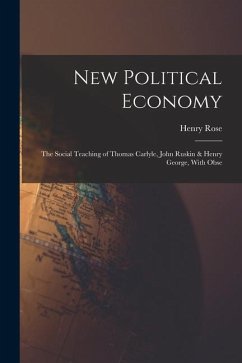
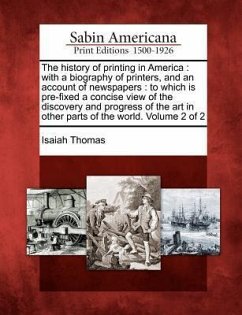
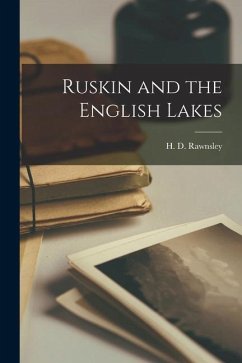
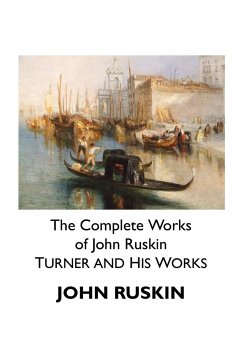
![The Works Of John Ruskin ...: Fors Clavigera [first-second Series, Including] Index [v.20] 1871-87 Cover The Works Of John Ruskin ...: Fors Clavigera [first-second Series, Including] Index [v.20] 1871-87](https://bilder.buecher.de/produkte/71/71690/71690323n.jpg)
